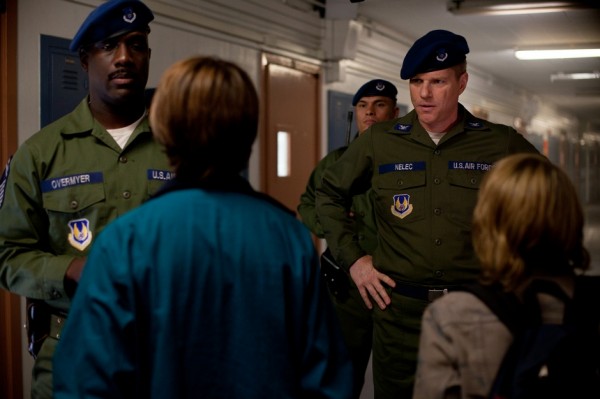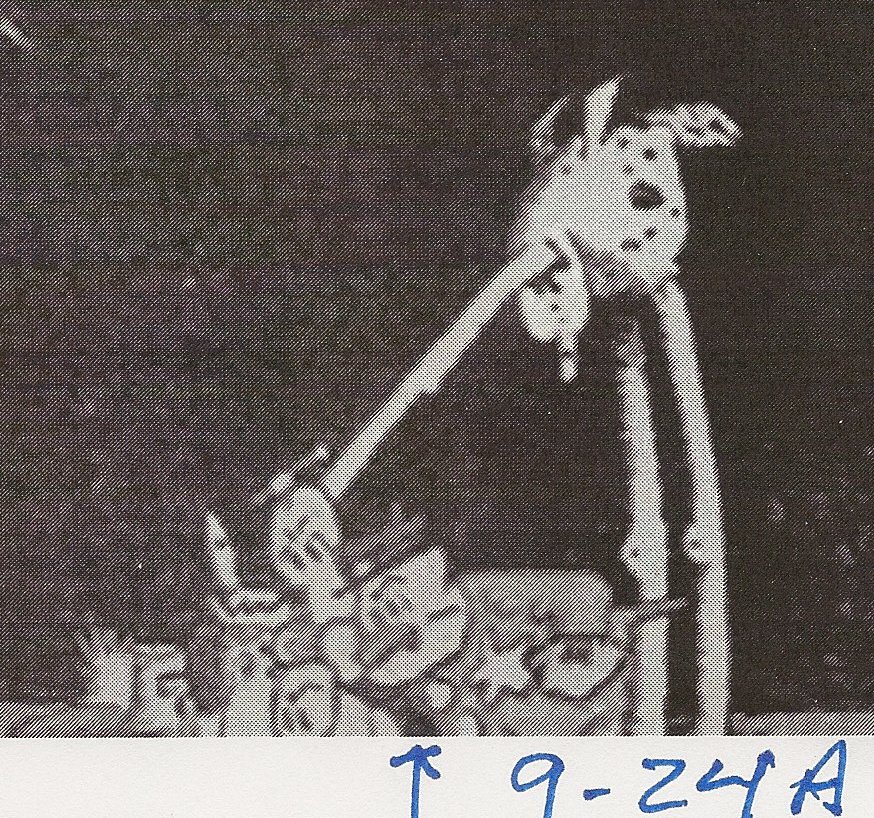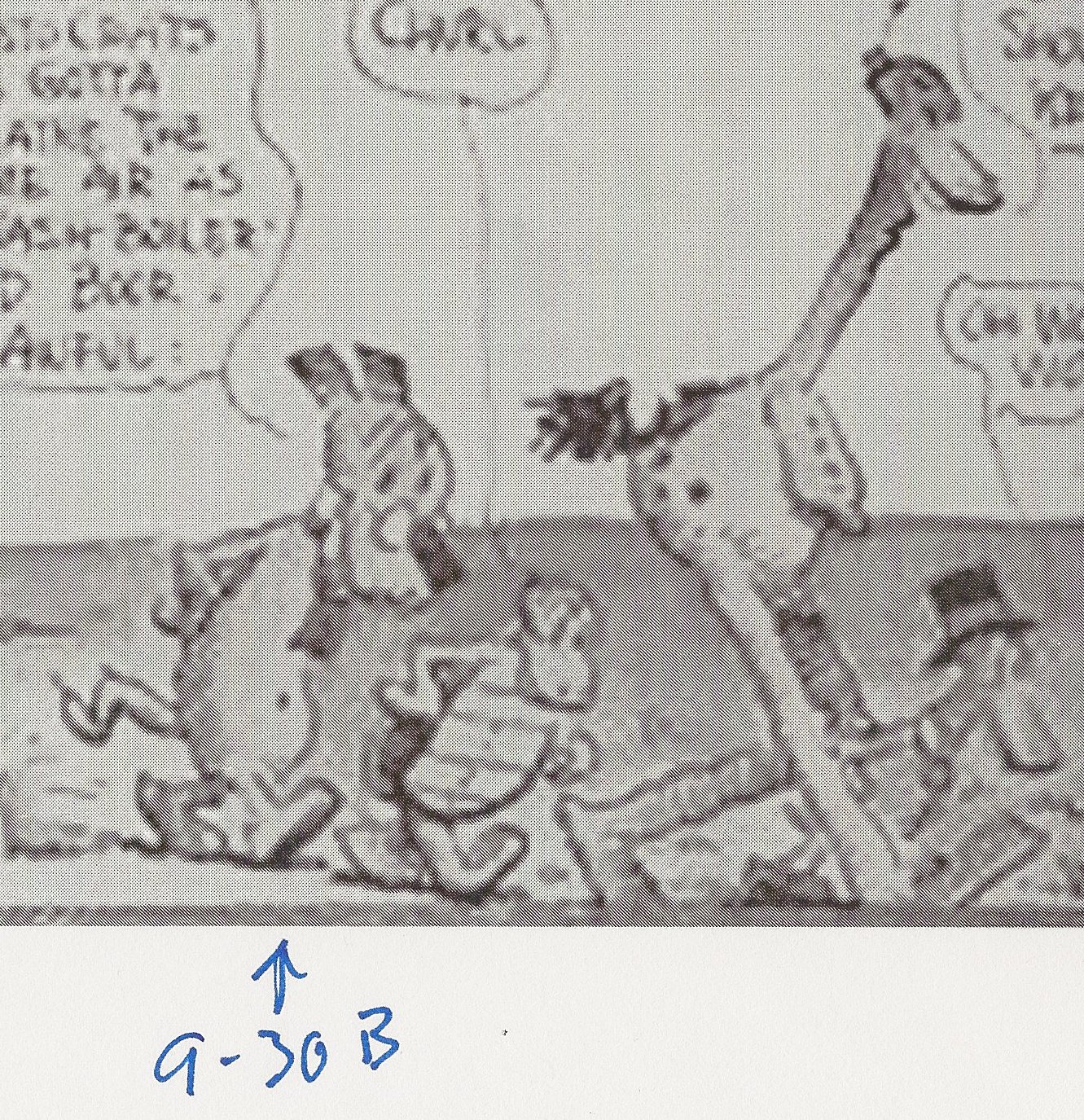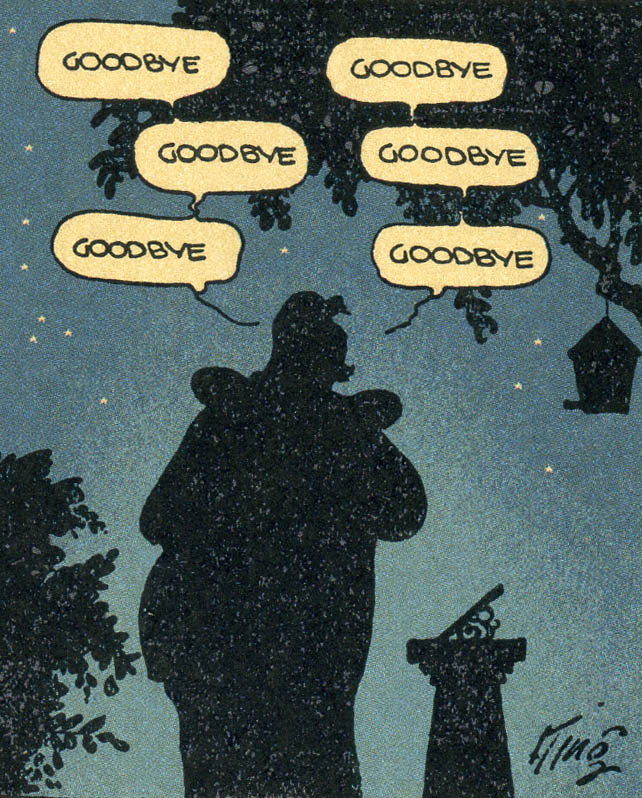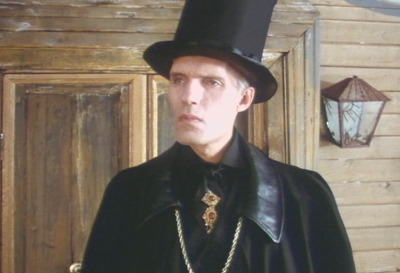If you knew anything at all about me, you’d probably think I’d be the one guy in the world who should have enjoyed something like the new J.J. Abrams and Steven Spielberg film, Super 8.
After all, I’ve been a science fiction fan since at least as far back as 1962, when I scraped together every nickel I could to try and buy enough packs to get a complete set of the original Mars Attacks cards.
I’ve also been an avid comic book fan and illustrator since about 1967, and my wheelhouse is drawing science fiction- and space-related illustrations – particularly of alien life forms and alien monsters.
In addition, I’ve been an avid film buff since 1967, and have seen thousands of films over the years. This includes almost every classic science fiction and horror film – particularly most of the iconic Universal horror films from the 1930s and 1940s. Even more to the point, I’ve been a huge Steven Spielberg fan since his breakout hit Jaws, and I’ve enjoyed a number of J.J. Abrams’ projects over the years, starting with his science fiction blockbuster Armageddon.
I also owned my own super 8 camera during the 1970s, and like many other film buffs back then, I fooled around with it, filmed my friends and myself hamming it up, and experimented with in-camera special effects.
And if all of the above isn’t enough to convince you that I should have been the demographic sweet spot for a film like Super 8, how about the fact that I was actually brimming with child-like excitement and anticipation all the way to the theater to see it?
So what went wrong? Why was I disappointed and angry afterwards?
The answer is simple: I’m also a big fan of the U.S. Air Force, which I’ve voluntarily worked for in one capacity or another, active-duty and civilian, for nearly 30 years.
Super 8 – a period piece set in 1979 – was not at all kind to the USAF, whose make-believe role in the film was massive. America’s youngest service was not just the omnipresent and chief villain, it was portrayed as the thoroughly despicable omnipresent and chief villain.
One could have easily swapped out the olive-drab U.S. Air Force uniforms from that era with the black uniforms of Hitler’s Waffen SS from World War II and it would have made little difference to the plot.
Strong words? Or am I simply too close to the subject matter to be objective? I’ll concede that could be part of it, but I think there are plenty of other non-military folks who have also noticed Hollywood’s trend in recent years of depicting the U.S. military in an almost overwhelmingly heavy-handed fashion.
For example, just a few weeks ago, First Lady Michelle Obama was a featured guest at a Hollywood panel hosted by the industry’s major guilds, and her primary message to the executives and creators in the audience was a plea for them to try and be more fair and realistic in their portrayals of servicemembers and their families.
In Super 8, I assume J.J. Abrams imbued his film’s Airmen, and their ringleader Col. Nelec, with extreme, almost Storm Trooper-like behavior because that’s how he believes real Airmen would act to protect the secrets of a “black program” from being discovered by members of the civilian populace.
But as someone who worked in three black or highly classified programs during my active-duty days (the SR-71, the U-2 and the RC-135), the entire portrayal was not just uncharacteristic, it was totally stupid. The Airmen I saw portrayed on screen bore little resemblance to those real Airmen I’d worked with over the years at the more than 48 military installations where I’ve been stationed, visited, or temporarily worked at while on official duty.
I worked almost daily with classified material for more than a dozen years, had a Top Secret clearance, and worked on three special-access required (SAR) programs that required signed non-disclosure statements. And because of the compartmentalized nature of such SAR programs, I had to be thoroughly familiar with each program’s classification guide so I knew exactly what I could and could not discuss with civilians and other members of the military who did not have the that specific SAR clearance.
So I believe I can say with some authority that real Airmen who work with classified material, regardless of its classification level, are not trained to murder those who accidentally or intentionally obtain unauthorized access. Airmen are trained to report it so the unauthorized individuals can be questioned, detained, or arrested, and, if tried and found guilty, jailed.
As a matter of fact, while it may be more dramatic for Hollywood to show or infer otherwise, in all of my years associated with the Air Force I never saw, or even heard of, anyone ever being killed trying to get into a secure installation or classified area. And believe me, as tight a community as the Air Force can be, such big news would travel faster than an SR-71 in full afterburner. Of course, I’m not saying that historically it has never happened. All I’m saying is that if it did, it had to be a rarity, and it was probably either an accident or it was justified (i.e., the intruder was armed).
I think the reason popular culture creators fantasize about such things is because every base or secure area has signs posted on the fences or doors stating ominously, “Use of Deadly Force Authorized,” so they assume the use of deadly force is routinely used. But in reality, it isn’t.
Every situation I know of where unauthorized people have been detained (or “jacked up,” in Air Force parlance) for stepping into a secure area – intentionally or otherwise – security forces have followed their standard protocol. This does not include mindlessly shooting people on sight.
As a matter of fact, most Airmen who have spent any time at all in aircraft maintenance, or in job specialties involving regular access to secure areas, have either been “jacked up,” or know someone who has. Hell, back when I was part of Strategic Air Command during the 1980s, base security forces themselves would regularly test their guards/response forces by intentionally making random and unannounced attempts to penetrate secure areas in various ways.
Do you really think such things would be the norm if the standard procedure for the Air Force sentries was to shoot first, and ask questions later?
Yet, despite reality, we have major popular culture projects like Super 8’s depicting military servicemembers as cold and ruthless monsters who will do anything to protect a secret. It was this incessant misrepresentative undercurrent throughout Super 8 that kept me from enjoying what was otherwise a fairly entertaining film.
The bash-fest started early on when the teenage film crew the story revolves around witnesses a pick-up truck intentionally ramming and de-railing an Air Force train that’s zooming through the Ohio countryside at night. The kids survive, and as they stumble through the train’s wreckage, they suddenly find the nearly demolished truck. The vehicle’s driver, who just happens to be their science teacher, is badly hurt, but miraculously alive. As flashlights of approaching Air Force search teams flicker in the distance, he ominously warns the kids to run away because if caught, both they and their families would be killed for what they saw.
As we soon find out, the science teacher happens to be an authority on such things, because we’re shown in an old classified film the kids find that he was once one of the scientists who worked on the secret Air Force project being carried by the train: An alien monster who years ago crash-landed on Earth.
And to hammer home how the Air Force will stop at nothing to protect a classified project, J.J. Abrams has the Air Force search teams take the teacher prisoner, stabilize him medically, and strap him to a hospital bed. Then, after a Col. Nelec interrogation squeezes out all useful information, the colonel orders the former scientist executed.
But the Air Force-created mayhem does not stop there. Col. Nelec and his men continue to lie to the townspeople and local cops about what’s really going on, raid the school office and home of the dead teacher, and find other creative ways to trample on his, and everyone else’s, Constitutional rights.
Then, in one final quest to find the alien monster, Col. Nelec decides he needs to clear everyone out of town, so he has his men use flamethrowers to start a massive wildfire all over the surrounding countryside. This blaze gives him the pretext to round up all of the townspeople and bus them off to a nearby Air Force base as detained “refugees.”
There’s more, but I think you get the idea.
In short, Super 8 is just the latest example of a popular culture creator re-hashing popular culture stereotypes (you know, making a copy of a copy of a copy, ad infinitum) because it’s apparently a heckuva lot easier than doing the research necessary to create characters with some sort of realism.
Speaking of realism in film, guess who the moderator was for the First Lady’s aforementioned panel where she exhorted filmmakers to treat military people and their families more realistically on screen? It was none other than J.J. Abrams!
You just can’t make this stuff up!
_____________
Editor’s Note: This is an expanded version of a piece that ran on Russ’ blog.

